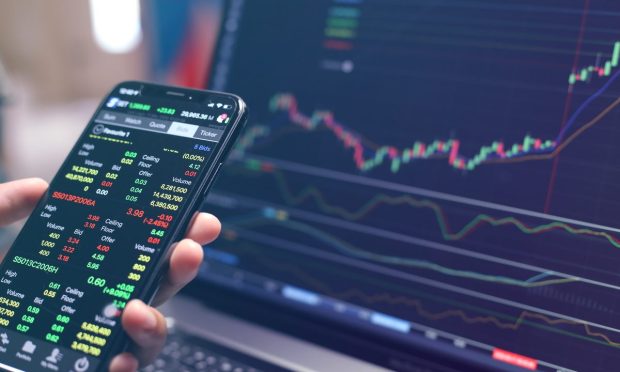Indexes Offer Framework for Tracking Connected Economy, Other Macro Investment Themes

The internet is almost as pervasive in our lives as, well, breathing.
With mobile devices in hand — and with voice-activated assistants, wearables with headsets, videos and apps — virtually anybody can contact anybody else. Our devices sync a continuum of devices and services as we move through daily life.
The cultural and technological changes that are part and parcel of progress, of evolutions and revolutions in how we live and work, are reflected in the performance of companies who are, at some level, involved in shaping that digital shift.
Picking the winners and losers on Wall Street is no easy feat — certainly not when it comes to handicapping tech trends and triumphs.
In an interview with PYMNTS’ Karen Webster, Amias Gerety, partner at QED Investors, said that indices provide useful frameworks in tracking the direction of a group of stocks related to an investment thesis — the broader themes that take shape over the course of decades, such as the emergence of cryptocurrencies or environmental, social and governance (ESG) standards — without the vagaries and risks inherent in trying to pick individual winners.
The conversation came against the backdrop where PYMNTS has launched the CE100™ Index, a new equity Index for tracking the digital transformation and the growth of the connected economy (CE).
It is a framework for examining the impact of this connected economy over time by tracking the performance of 100 publicly listed stocks that PYMNTS’ research found to represent those at the tip of the spear for driving the digital transformation of the economy globally.
PYMNTS has divided the CE into 10 pillars, each encompassing the daily activities that people and businesses engage in: how they pay, eat, work, be well, move from point A to point B, bank, communicate, have fun, live in their homes and work. An 11th category, enablers, are those that provide the infrastructure for this digital transformation.
Tracking the Intersections and the Overlaps
The collection of publicly traded companies has been built around the thesis that the growth of the global economy will be driven by firms that recognize that digital transformation isn’t just about their own company or vertical, but about the intersections with other verticals that create new ecosystems.
Gerety told Webster that the timing is right for such an index, given that an index is where the two competitive ideas of saving money and investing as an expression of values meet.
He added that innovations like the CE 100 Index give people a way to balance those desires and get the best of both worlds amid a general rise in passive investing. The general retail investor, he told Webster, does not have time or ability to craft individual trading algorithms.
They also offer another level of connectivity: the chance to connect what’s happening in public markers with the concentrated choices we make in our own lives.
Expressing One’s Values
Gerety said that indexes that track themes or sectors’ progressions, the connected economy among them, offer a way to do far more than just throw their lot in with the S&P 500 or the Russell 2000 indices.
He added that indexes let investors put their money into their convictions — and monitor those convictions — over time, without being buffeted about by the volatility of individual holdings. Case in point: What was a hot growthy stock a few months ago may be a significant underperformer today.
As he told Webster, “Past performance is not an indicator of future performance.”
However, a thematic view of the markets — for example, that the future of technology is one of growth — expressed in the form of an index gives retail investors a better way to think about whether their investments are performing relative to their desired exposure over the longer term.
A Long Term Horizon
As for that longer term: Investors should be focused on a decades-long evolution, not the next several months.
“If I want to be ‘long’ technology, because I believe the economy is going to be ever more driven by software or software enabled services, then that’s something I should express over 10 years and I should measure my own personal investing relative to an index … in a rational, long term way rather than an emotional, short term way,” Gerety said.
He noted that indexes, which have sub-sectors, also allow investors to narrow their focus on the trends that matter most to them, such as the digital transformation of how we get our food (i.e., online delivery of groceries and the emergence of aggregators).
Indexes, said Gerety, give investors a way to structure their ways of thinking in the world across simultaneous convictions — the directions in which we as a society are headed.
As he told Webster: “An index allows you to connect a long-term conviction … to a group of companies that move along with that theme. That’s important for investors, but also for us as observers of the economy to understand what is going on — and what the market thinks is going on.”
